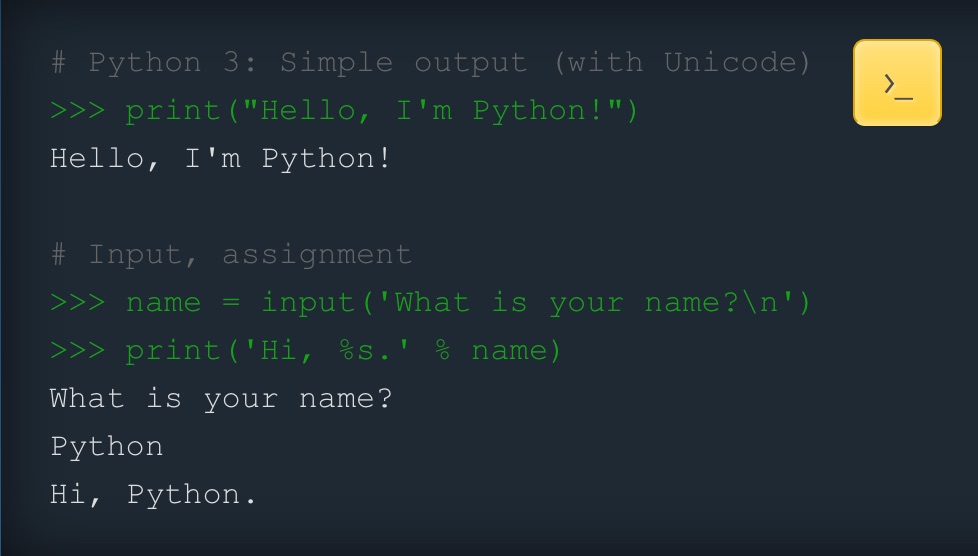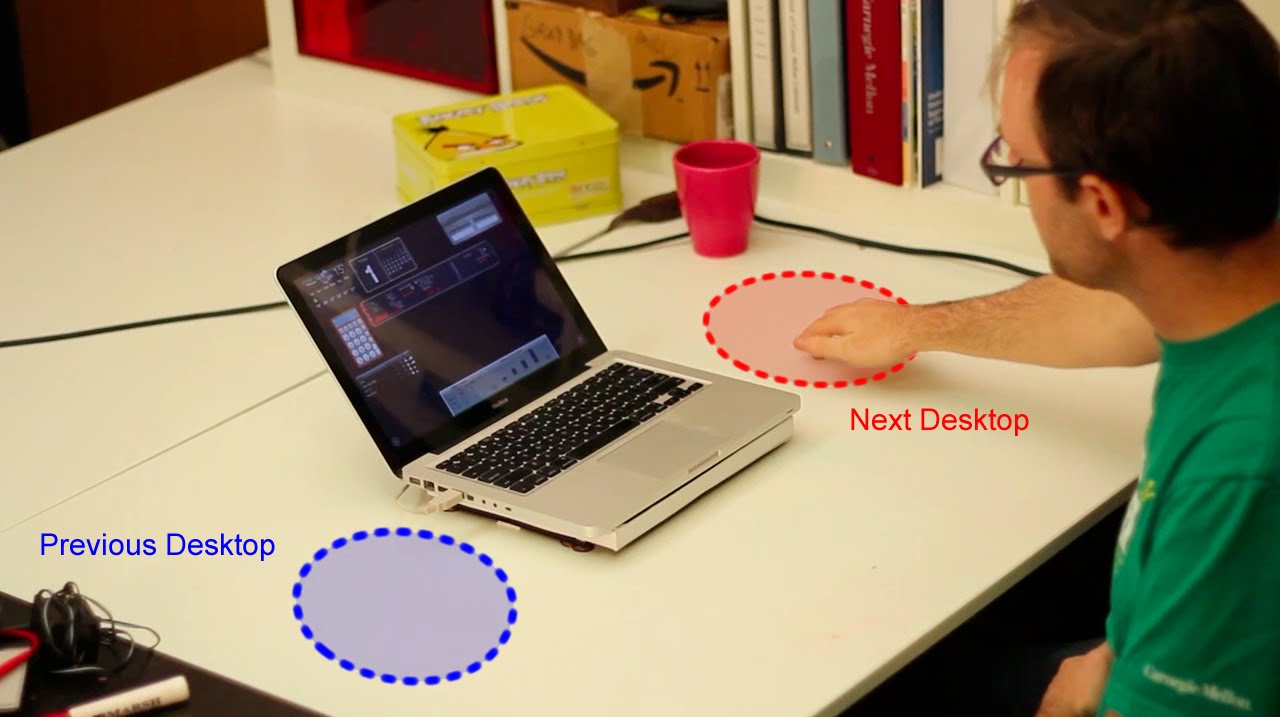
Spectrum Instrumentation Unveils a Game-Changer for Python Programmers
Python, the popular programming language, has just gotten a significant boost with the introduction of a new open-source package, spcm, from Spectrum Instrumentation. This innovative package is designed to simplify the programming of over 200 digitizers, AWGs, and digital I/O products, making it an invaluable tool for developers and researchers alike.
 Python’s simplicity and versatility make it an ideal language for programming.
Python’s simplicity and versatility make it an ideal language for programming.
The spcm package offers a high-level, object-oriented programming (OOP) interface that allows users to take full advantage of Python’s capabilities. With its extensive collection of libraries and frameworks, such as NumPy, Python has become the go-to language for many developers. The new package provides a seamless way to interact with Spectrum Instrumentation’s products, making it easier to program and control these devices.
Simplifying Device Interaction
The spcm package safely handles the automatic opening and closing of cards, groups of cards, and Ethernet instruments, as well as the allocation of memory for transferring data to and from these devices. All device-specific functionality is encapsulated in easy-to-use classes, making it easier for developers to focus on their projects rather than worrying about the underlying hardware.
 The
The spcm package simplifies device interaction, allowing developers to focus on their projects.
Real-World Physical Quantities and Units
One of the most significant advantages of the spcm package is its support for real-world physical quantities and units. This means that developers can program driver settings in their preferred unit system, eliminating the need for tedious manual conversions to cryptic API settings.
Integration with NumPy and Matplotlib
The package also includes support for calculations with NumPy and Matplotlib, allowing developers to handle data coming from or going to the products with the vast toolbox provided by these packages. Detailed examples can be found in the GitHub repository.
Easy Installation and Maintenance
Installing the package is straightforward, thanks to its availability in the pip repository. Users can include the Spectrum Instrumentation Python package in their own programs or fork the repository to add more functionality. The package is directly maintained by Spectrum engineers, and updates are released regularly, offering bug fixes and new features.
 The example shows the opening of the first analog-output card (AWG) and programming of a simple 10 MHz sine-wave output using the DDS option.
The example shows the opening of the first analog-output card (AWG) and programming of a simple 10 MHz sine-wave output using the DDS option.
Conclusion
The spcm package is a significant step forward for Python programmers working with Spectrum Instrumentation’s products. With its high-level OOP interface, support for real-world physical quantities and units, and seamless integration with NumPy and Matplotlib, this package is poised to revolutionize the way developers interact with these devices.
 Spectrum Instrumentation, founded in 1989, is a leading manufacturer of digitizers and generator products.
Spectrum Instrumentation, founded in 1989, is a leading manufacturer of digitizers and generator products.















